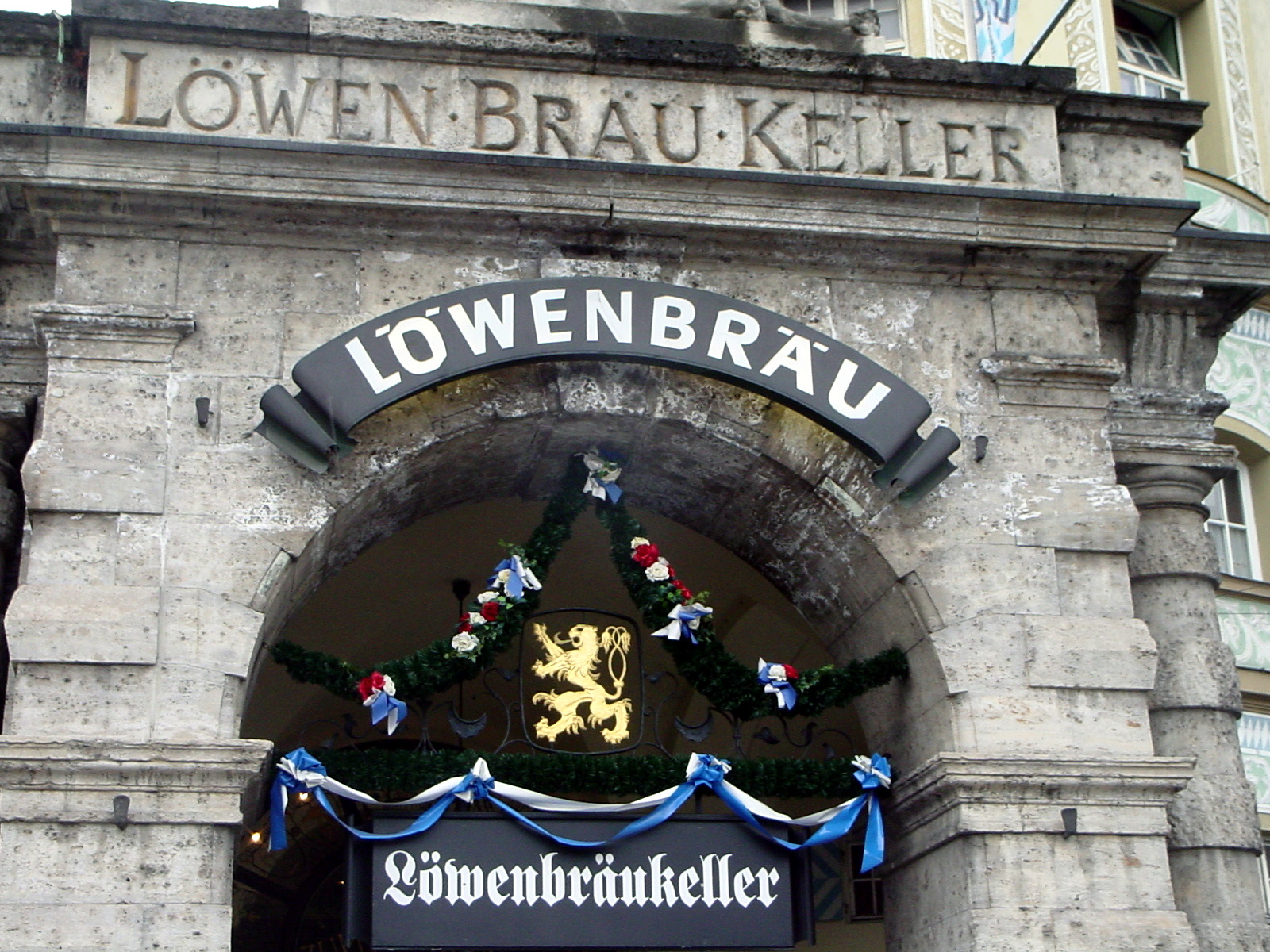Can’t make it to this year’s Oktoberfest? Fear not. The other 349 days on Munich’s calendar are filled with events at which you can enjoy Bavarian food, beer and culture. According to Larry Hawthorne, the author of The Beer Drinker’s Guide to Munich, “every day is Oktoberfest somewhere.”
Among the performers were a dirndl-clad yodeler, men who played the “Beer Barrel Polka” on handbells, and Paul Bunyan types who chopped wood and played the spoons.

(Maryanne Nasiatka)
I discovered Münchners’ love of merrymaking on my very first visit. At a beer hall near my hotel, I saw a roomful of pint-sized sorcerers, pirates and ballerinas, watched over by beaming parents. When I asked a waiter what was going on, he replied, “Kinderfasching.” So that explained it. Fasching is Munich’s version of Mardi Gras, and the run-up to Ash Wednesday is celebrated with a round of masked balls.
But I hadn’t planned on dancing: I have two left feet; and, besides, I’d come to Munich to get better acquainted with its beer. My quest began in the downtown pedestrian zone where I took in the sights and, when the weather got the best of me, took cover indoors.
One place of refuge was the classic Augustiner Grossgaststätte (Neuhauser Strasse 27), whose interior rooms were a trip back in time. Dozens of deer antlers adorned the walls, and clouds of cigarette smoke hung in the air. I arrived around dinnertime, and a kind-hearted gentleman at my table helped me through the menu. His advice proved right on the money: my “snack size” portion of Regensburg sausages was a meal in itself. And since beer was available in half-liter glasses, I was able to sample a dunkel and weissbier along with a few Edelstoff lagers.
Later that evening, I visited Weisses Bräuhaus (Talstrasse 7), a cheery establishment in the heart of downtown. A brewery had stood there for centuries; it began specializing in wheat beer in 1872. When brewing operations moved to the suburbs, the downtown facility was converted into a restaurant; later, a second story was added to accommodate the shoppers and office workers who stop there. Wheat beer still dominates the menu and there are unusual variations of the style, including the blonde, effervescent kristall and weizen-hell, a version without the familiar clove and banana flavor.
Strong Beer Season
On another visit to Munich, I stumbled onto a tradition many outsiders aren’t even aware of. It’s called Starkbierzeit, or “Strong Beer Season.” My hotel’s front desk clerk suggested that I catch the festivities at the Löwenbräukeller (Nymphenburgerstrasse 2), a sprawling Gothic beer hall with a huge, roaring mechanical lion guarding its entrance. Sitting in the balcony, I struggled to keep up with the pageantry on the faraway stage. Adding to my bewilderment were the effects of Triumphator Doppelbock, whose smooth taste conceals a heavy alcoholic punch.
A few years later, I went back with the intention of seeing Starkbierzeit close up. This time, I did my homework. The Starkbierzeit tradition dates back to the 1630s, when the Paulaner monks brewed an extra-strength beer to sustain themselves during Lent, when eating between meals was strictly verboten. The monks’ beer eventually became Paulaner Salvator, the original doppelbock. Salvator “went public” in the 19th century, after the Paulaner monastery wound up in the hands of a local entrepreneur who offered the beer as a cure for the wintertime blues. Münchners soon fell in love with it.
The traditional way to celebrate Starkbierzeit is to answer “the call of the mountain” and head for Paulaner am Nockherberg (Hochstrasse 77). A few years ago, this beer hall observed its centennial in tragic fashion, burning to the ground. But a clean, modern replacement, with pastel-colored walls and sparkling blond-wood tables, opened in time for Starkbierzeit 2003. I arrived early, taking a seat among groups of men who probably had been going there for decades. Once the crowd got warmed up, the brass band began booming out oom-pah music, along with popular tunes like “It’s a Long Way to Tipperary.” But the real star of the show was Salvator, served in ceramic mugs to keep it cool and fresh.
I also paid a return visit to the Löwenbräukeller, and this time wangled a seat close to the stage. Among the performers were a dirndl-clad yodeler, men who played the “Beer Barrel Polka” on handbells, and Paul Bunyan types who chopped wood and played the spoons. The main event featured burly, beer-powered men who tried to lift a 500-pound stone. Legend has it that Hans Steyrer, the “Bavarian Hercules,” picked up the stone with one finger—a record likely to stand for all time. The evening’s pleasures also included traditional regional food (the menu was in Bavarian and German) and, of course, plenty of Triumphator to accompany it.











